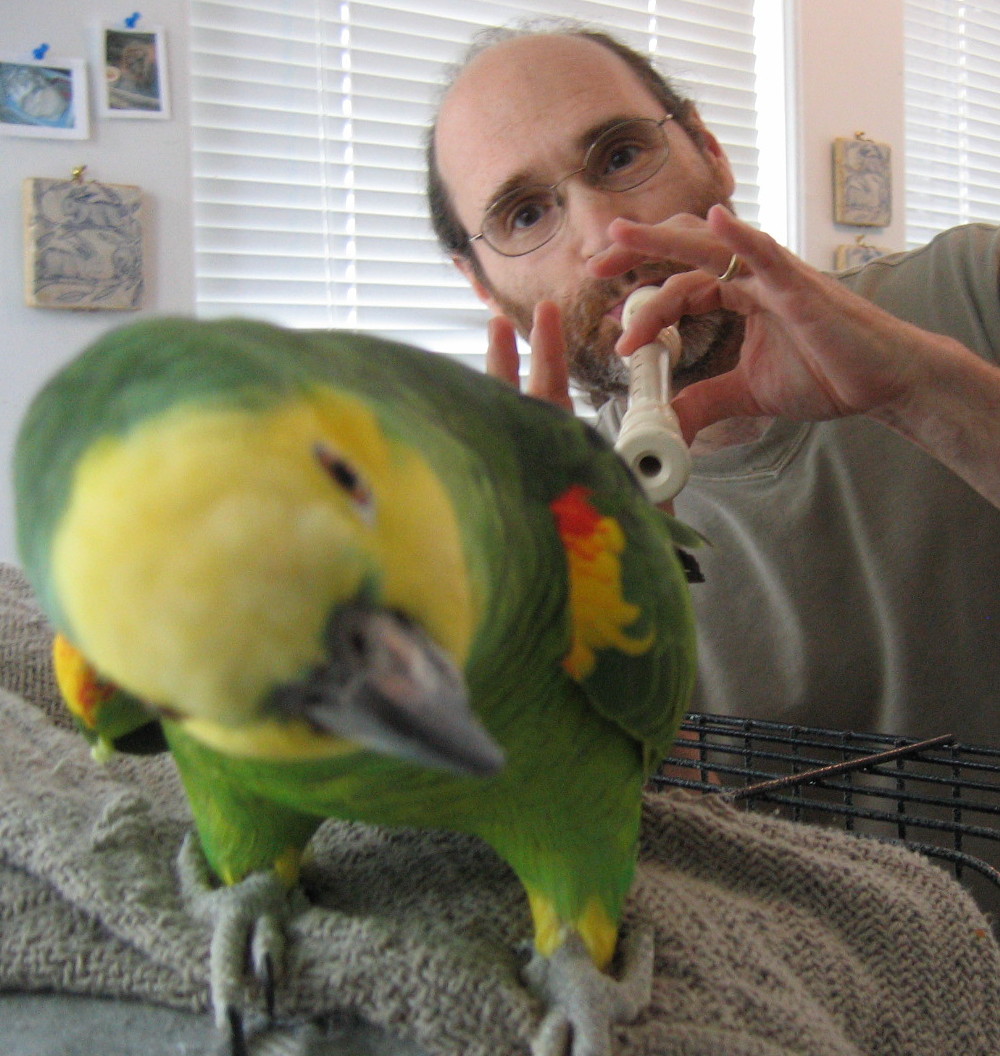Attention Teachers! :-) In my view, you have such an important function into human life. And with this comes a lot of responsibility. You are engaging at close range, sometimes for many years with another human being, another life that is living on this planet and looks to you for guidance. And let's face it, as teachers we are learning an absolute ton from the students we teach. So in a sense, we are at another level of student. It's just that the student isn't always aware of how much we are being student to them in the exchanges we have in our lessons.
In this video, the infamous 'box' came up. The 'box' from the standpoint of a student was brought but what about the 'box' of the teacher? Does the teacher have the ability to draw out the deeper arts of the student? This depends on what the teacher's 'box' is made out of. For example, does this 'box' have a window? Does the teacher's automatic system, (habit of teaching with fixed ways and means), let them actually see the student-person? not just the potential as a trombone student, even though that of course is part of it. Like the student, the teacher has aptitudes and really can't be expected to act as a parent, therapist, fountainhead of inspiration, wise-person and so on at all times, let alone having the qualifications to do so. Teachers have a combination of roles that are at play in a private lesson. This is a very involved subject and it depends on the reason the teacher teaches. What is the principle motive behind the teaching? Very important to contemplate this.
Drawing the art out of the student might not be every teachers' forte. But the great teachers I know and have worked with had a way of doing so, at least for me. Not all teachers work for all students and the other way around of course. But let me give a preliminary list of some ways and means that might help in regards to a teacher being able to draw more of the student's art out of them.
1. Acknowledge the absolute fact (as obvious as this sounds), that this is a human life you are dealing with and all that means.
2. Instead of always just showing how it 'should' be done, listen to what the student is doing and assess it from,
a) the physical level
b) level of determination and potency of desire
c) is there a feeling in it and what kind or kinds of feelings?
d) experiment with the student and work together in a process of discovery.
So much more could be said! Perhaps the other videos will touch more on this but this leads us to the teachers 'box.' This is for each teacher to look at. It can start with making a list of what you think are your best aspects as a teacher. You can even assess it using the basics of the Overlay System. Here is an example:
1st Overlay: How are you at addressing physical aspects of playing? (some people might be good with air others with embouchure or articulation.. ).
2nd Overlay: How are you at assessing the decision capabilities of a student? How much do you take into account and what is your level of patience in this process? Do you come at them with a 'club' if you get impatient with them or understanding? Do you teach everyone the same????
3rd Overlay: Can you get a sense of their purpose and if so can you adjust to an individual's need and purpose if it is different than your own?
Again this is just to get you started if you are interested. I'm sure many of you experienced teachers have thought of this before in your own language and terminology. Hope some of this is a way to get the ball rolling. As teachers we also have to be honest with what we can and cannot do and to at least be aware of our own 'box' and the potential biases and limitations that can cloud our perceptions and abilities.
Link to video 4 https://www.youtube.com/watch?v=X-6Ng5DS2ao&feature=youtu.be
Friday, July 20, 2018
Subscribe to:
Post Comments (Atom)

No comments:
Post a Comment